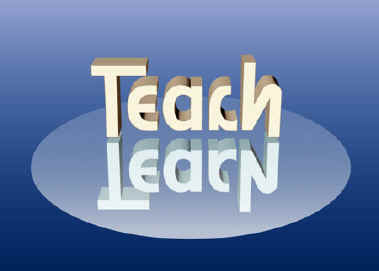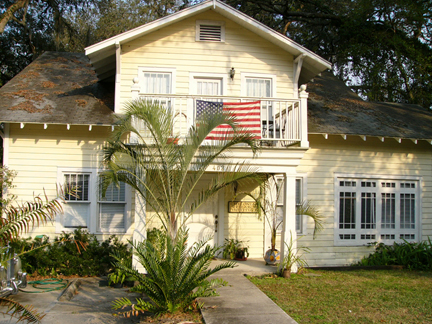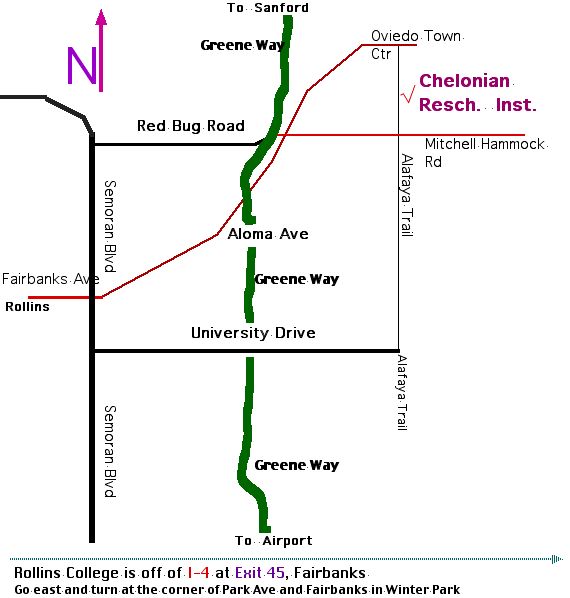 Institutions
Institutions 
Peter C. H. Pritchard, Ph.D., Director & founder
402 South Central Avenue
Oviedo, Florida 32765 USA
![]() E-mail, press there -> ChelonianRI
E-mail, press there -> ChelonianRI
The world of turtles is populated by the rare and common descendents of an astounding creature that lived in the early Mesozoic period of this planet’s history with a body plan that has –though not ordinary—has proved quite resilient to a the changing conditions of existence.
The Greek word for turtle is the origin of our word Chelonian and this includes tortoises and turtles. Their unique body plan and unusual appearance when compared to other reptiles and mammals reveals a lesson in divergence, persistence, adaptation and resilience in the face of ecological collapses in the past, particularly the catastrophic loss of the dinosaurs. How then did the ancestors of turtles like those of alligators and crocodilians make it through that era when much of life perished? That is just one of several reasons to study and protect wildlife.
Thus the Chelonian Research Institute is dedicated to the preservation of scientific knowledge and the protection of all kinds of turtles here and around the globe. There is no more important task in the current period of ecological collapse. This recent era of ecosystem collapse and species extinction has been going on since the end of the last ice-age 10,000 years ago. It is often called the homogecene a combination of Holocene (recent era) + homogenize (to make the same). That critical task in which we all can help is to protect and to document the remaining wildlife in our midst. The significance of this effort to account for, describe the variables in the life cycles of different species, and to afford protection of these breathing remnants of the past is that every creature carries in its biological inheritance the history of life on earth.
The tools it takes, the time involved and the knowledge necessary to  understand the pages of this great book of nature are enormous and thus possess great value to future learners. Because each life represents a paragraph of differing lengths in the great chapters which comprise “nature’s narratives, our ability to read the landscape and the species populating these sites is of further importance to our own health. In a very literal way, animals and vegetation have lessons to tell us about climate, health and risks if only we learn how to read them correctly. Without institutions devoted to the protection of wildlife based on scientific knowledge, we have no accurate means to interpret the immense cipher that is the natural world.
understand the pages of this great book of nature are enormous and thus possess great value to future learners. Because each life represents a paragraph of differing lengths in the great chapters which comprise “nature’s narratives, our ability to read the landscape and the species populating these sites is of further importance to our own health. In a very literal way, animals and vegetation have lessons to tell us about climate, health and risks if only we learn how to read them correctly. Without institutions devoted to the protection of wildlife based on scientific knowledge, we have no accurate means to interpret the immense cipher that is the natural world.
At the institute in Oviedo you will see some of the many varieties of tortoises and turtles that endure on our hostile Earth and are in need of our protection. The work you do here is in the service of the greater good of preserving from harm, loss or decay, the vast biological wealth that has been the shaping agency on this planet for billions of years. You are–by contributing your time voluntarily at the Institute—participating in the most selfless of tasks: the proper stewardship of non-human life on earth while helping to add to the vast store of human knowledge about the places we share with these ancient creatures, our distant cousins.
J. Siry
10 November 2007
The diversity of turtles at the institute, both living and preserved specimens is unsurpassed by all but two other study centers in the world. At this study center, in addition to the huge skeletal and embryo collections, one may see on the grounds, snapping turtles (if you are adventurous and fortunate), Galapagos and Aldabran tortoises, west African turtles, Asian turtles from Thailand, Florida box turtles and African tortoises from the Sahel region.
Clearly in the focused study of just these numerous species of turtles and tortoises one can, as Peter Pritchard maintains, learn deeply, and completely about the wondrous diversity of the earth.



